There are probably several things going on with your pear. We’ll list all the possibilities so that you can consider which of these might be the problem. Know, however, that with plants it’s often not just one thing that is the cause, but a combination of situations or conditions that results in what we humans ultimately take note of.
1. You say this plant is three years old. We assume you mean that you’ve had it for three years, yes? The trunk size looks as if the plant itself is older than three years but sometimes it’s difficult to judge scale in these photographs. If the tree has flowered it is older than 3 years total and is old enough to bear fruit. If it hasn’t flowered in the spring, and really is very young it’s possible that this tree isn’t out of its juvenile period yet and so not old enough to flower and set fruit.
2. Is this the only pear tree you have? If so, you’ll need to get at least one more as most pear varieties aren’t self-fruitful. In other words, they need another pear to pollinate them. Even those few varieties of pear that are self-fruitful end up setting more fruit if there is one or more other pears in the area to cross-pollinate with.
3. The cracked trunk may not have anything to do with the lack of fruit production although it’s definitely a sign of a stressed plant. Cracks can occur because of summer or winter sun exposure, extreme cold (as you had last winter in your area!) or other environmental stresses. This plant is also stressed because it’s bent over the structure, something that many young trees tolerate but also provides conditions that provoke damage in some cases. Cracks can also be a sign of canker, which is a disease condition that some trees are prone to caused by bacteria or fungi. If the tree is infected with a canker disease it will continue to rot and there usually isn’t a good treatment.
SO – the bottom line, which you are wondering, is “What can I do?” There are a few things you can do to help this plant. First, plant at least one other pear if you don’t have one, either on this structure or close by. If you know what type of pear you have, google the name with the term “cross pollinator” to get a list of the varieties that will pollinate your plant well. Secondly, keep the plant as stress-free as possible by top dressing the soil around the tree with a thin layer of compost or composted manure, and giving it a deep soaking once a week. (Deep watering less often is better than a little every day or every other day. Never hand water – it’s not enough.) Third, you could try spraying with an organic fungicide intended for fruit trees, but as we mentioned if you do have canker this won’t cure the problem. And finally, wait and see what will happen. Sometimes plants end up growing and doing OK against all odds, and what we need to do is help them as we can and then stand back and wait with patience.
We hope this helps!
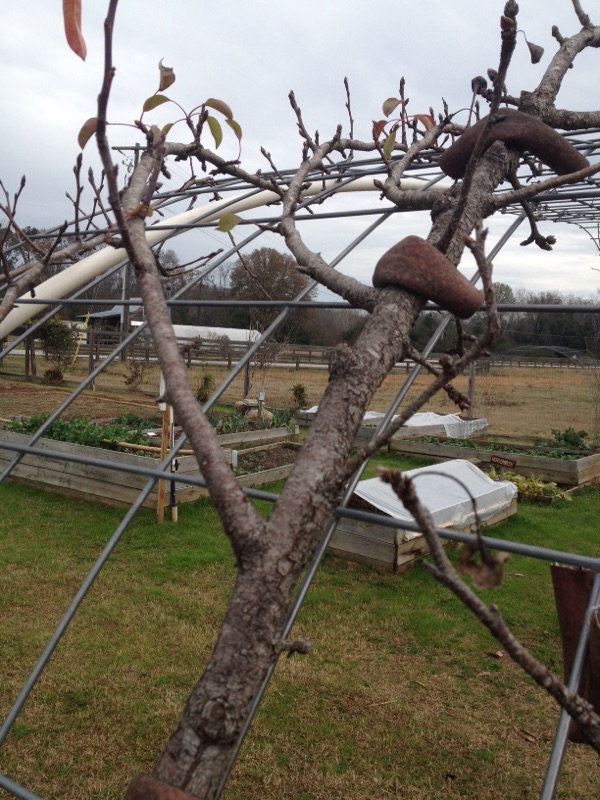
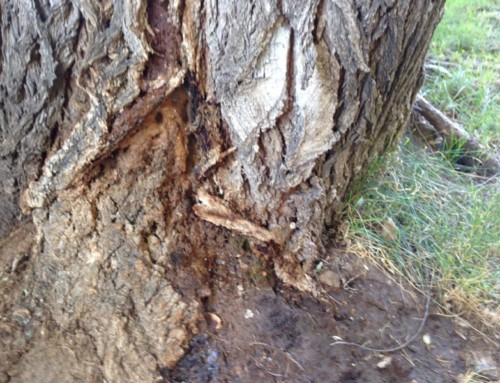
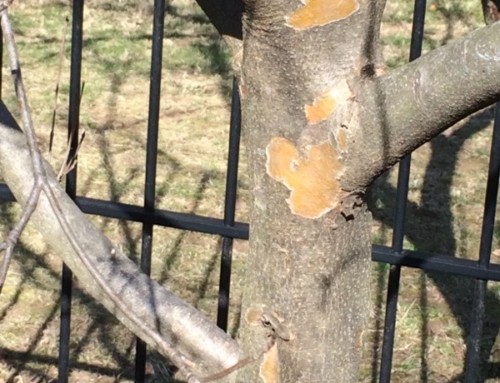
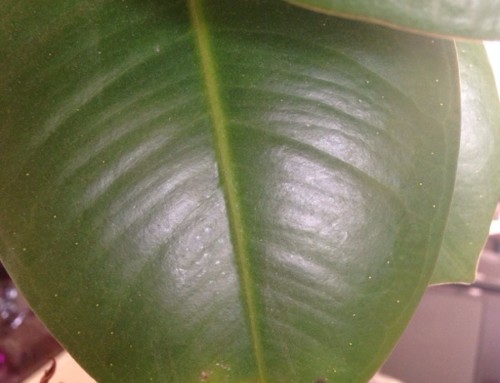
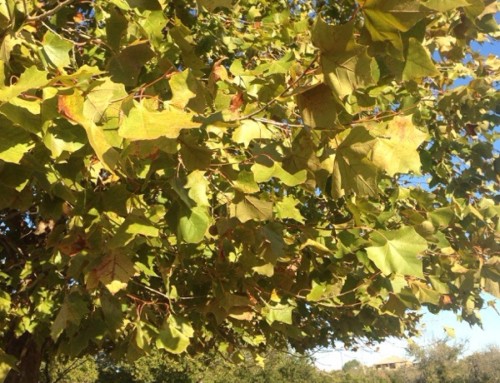
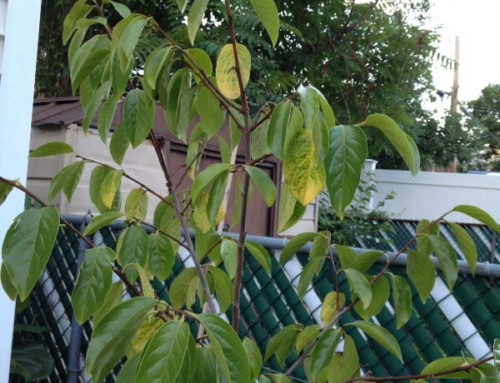
Leave A Comment